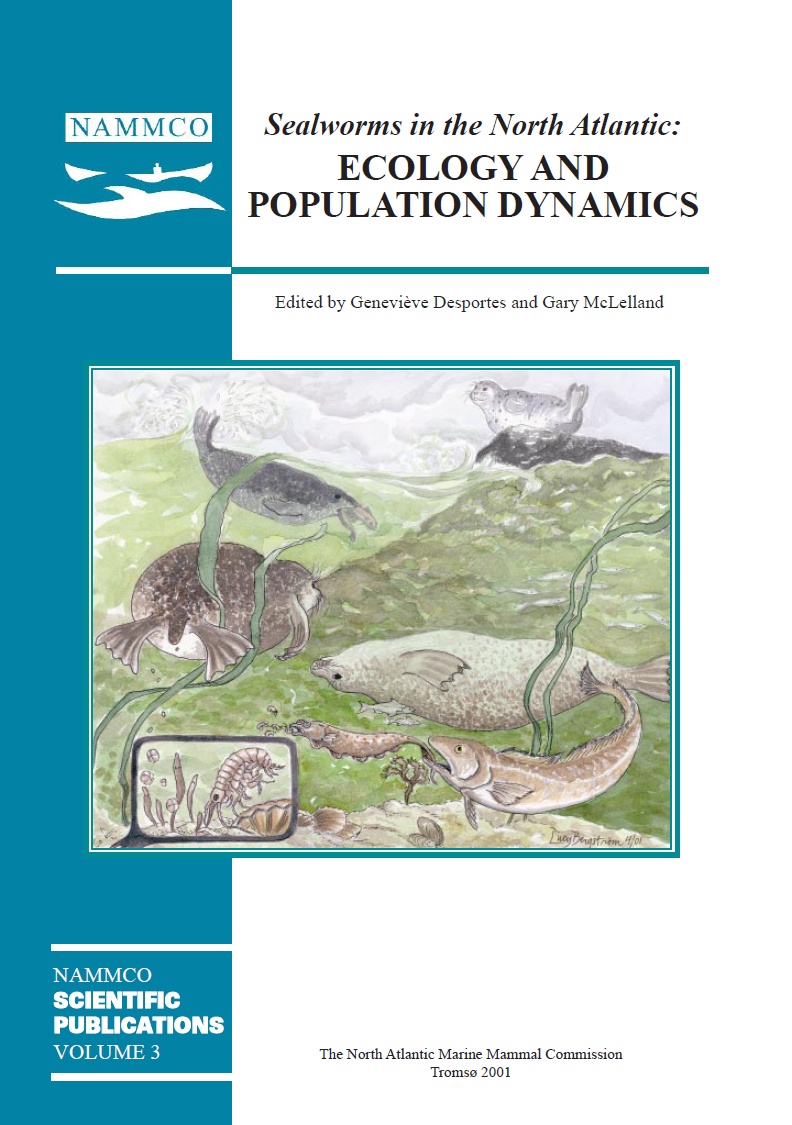A note on the variation in sealworm (Pseudoterranova decipiens) infection in shorthorn sculpin (Myoxocephalus scorpius) with host age and size at two locations in Norwegian inshore waters
DOI:
https://doi.org/10.7557/3.2957Keywords:
Sealworms, Pseudoterranova decipiens, Myoxocephalus scorpiusAbstract
A total of 540 shorthorn sculpins were collected between 1991 and 1996 from Hvaler and Vega in Norway. The sculpins were caught in traps or by gillnets near seal haul-out sites in both areas. Size, age and intensity of P. decipiens infection were recorded for most fish sampled. Stomach contents of a subsample from each area were examined and the frequencies of occurrence of prey items were determined. Sealworm abundance (mean number of worms in all fish examined) increased significantly with host age and length within given age groups of sculpins from both areas. Sealworm
abundance and mean intensity (mean number of worms per infected fish) in sculpins from Vega were lower than those found in the more rapidly growing fish from Hvaler. Abundance of sealworm peaked in 6 year old fish from Vega and in 4 year old fish from Hvaler. Fish and amphipods were the prey items found most frequently in the stomach of fish from Hvaler, while fish and decapods were found most frequently at Vega.





